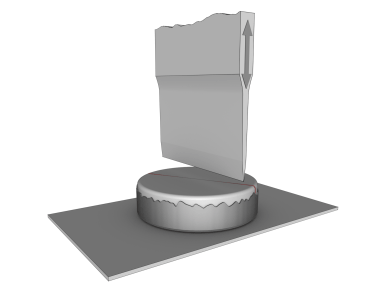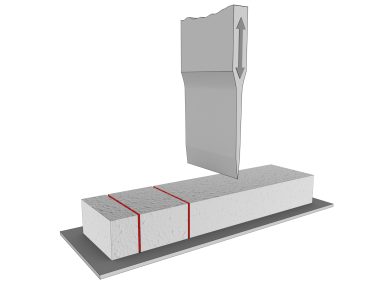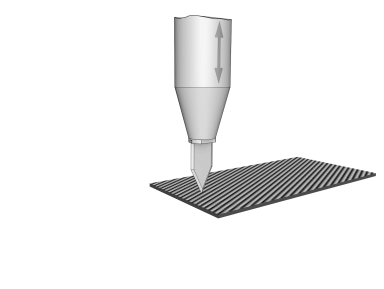- All
- Product Name
- Product Keyword
- Product Model
- Product Summary
- Product Description
- Multi Field Search
Views: 42 Author: Site Editor Publish Time: 2019-08-26 Origin: Site
The main function of the ultrasonic cutting process is to split the connected components. The pressure on the item to be cut can be reduced by large frequency vibrations per second. This will result in a neat and clean cutting surface. In practice, it is divided into two processes, separation welding and cutting.
Ultrasonic waves can be used to cut thermoplastic multilayer textiles, nonwoven materials or films into any shape while welding along the cutting profile. The thermoplastic fiber content should be at least 20%. The anvil with the corresponding cutting profile is cut by the vibration generated by the ultrasonic system. At the same time, the vibration attenuation causes heat to be generated in the cutting zone to weld along the cutting edge.
The blade vibrating by ultrasonic waves quickly and accurately separates the articles to be cut with minimum resistance without generating residue. Ultrasonic has been used in finished products for many years. Vibrating (cold) cutting horns reduce drag during cutting and remove adhering product debris when cutting materials such as baked goods, energy bars, cheese, pizza, and more. The result: a cleavable flat surface is formed without deformation or thermal damage to the product.

Cutting and sealing are performed and completed simultaneously. Both ends of the welded fiber can be cut simultaneously within one micron, which is a distinct advantage in high quality medical and filtration technologies.

Ultrasonic cutting and sealing technology has the advantage of fast and precise sealing and cutting of woven and nonwoven fabrics in continuous operation.

Flexible cutting of polymer and textile components must ensure that the edges are cut with the fastest speed and accuracy. Ultrasonic processing is the ideal process in the automotive industry.

Ultrasonic ultrasonically cuts the product accurately and quickly with high-speed vibration with minimal resistance, and achieves no residue on the surface of the product, no deformation and no thermal damage.

Using ultrasonic frequency to drive the cutter vibration can easily cut into the material, and it is very accurate and saves material.

Ultrasonic vibrations are transmitted to the mounted cutting edge by means of the welding head to cleanly cut different materials to produce a perfect cut surface, such as carbon fiber or rubber products.
Ms. Yvonne
sales@xingultrasonic.com
0086-15658151051
Room 1103B, Nature business building , NO.1160 GongWang Road ,FuYang, Hangzhou,Zhejiang,China